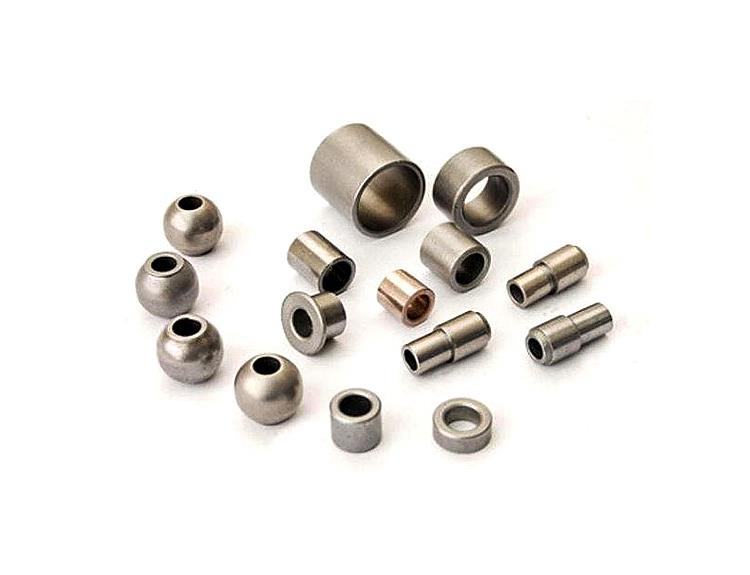In a fast-paced sales market, every market player needs to increase production capacity within the given time frame and deliver the desired results to customers. For example, a parts processing plant will try to improve the efficiency of precision parts processing and reduce fixed costs. If we talk about precision machining, there are several processes that are performed manually for hours, resulting in higher operating costs and human capital investment, thus limiting profitability and production capacity.
Precision Parts Machining
In order to get rid of this challenge, several automation technologies and computerized metal cutting software have been developed and designed to be used in the production lines of parts processing plants. In addition, CNC (Computer Numerical Control Machine) CNC lathe is one of the better tools for fully automatic implementation of cutting, punching, inserting and metal material cutting operations using computer commands. In the whole process of precision parts processing, must punch and metal material cutting processing stage, can use the energy of CNC machine tools, in a few hours to carry out the traditional type and time-consuming precision machining, and in the metal material cutting to complete a higher degree of precision.
In the parts processing plant, there are two types of CNC machine tools, one is vertical, the other is horizontal, based on the positioning of the spindle motor categorized. CNC machine tools are also available in different sizes to assist in the production of manufactured parts, such as 3, 4, AD5 axis CNC machine tools machines and equipment. The higher pivot axis means that the precision machining can cause faster and better results.
Precision Parts Machining
In addition to enhancing the productivity of the parts processing plant, the unboxing and ready-to-use CNC machine tools also provide a range of other benefits, such as improving the consistency of precision parts machining, safety factor, completing precision cutting processes, implementing tedious processes, reducing consumption and operator staff involvement, etc.













